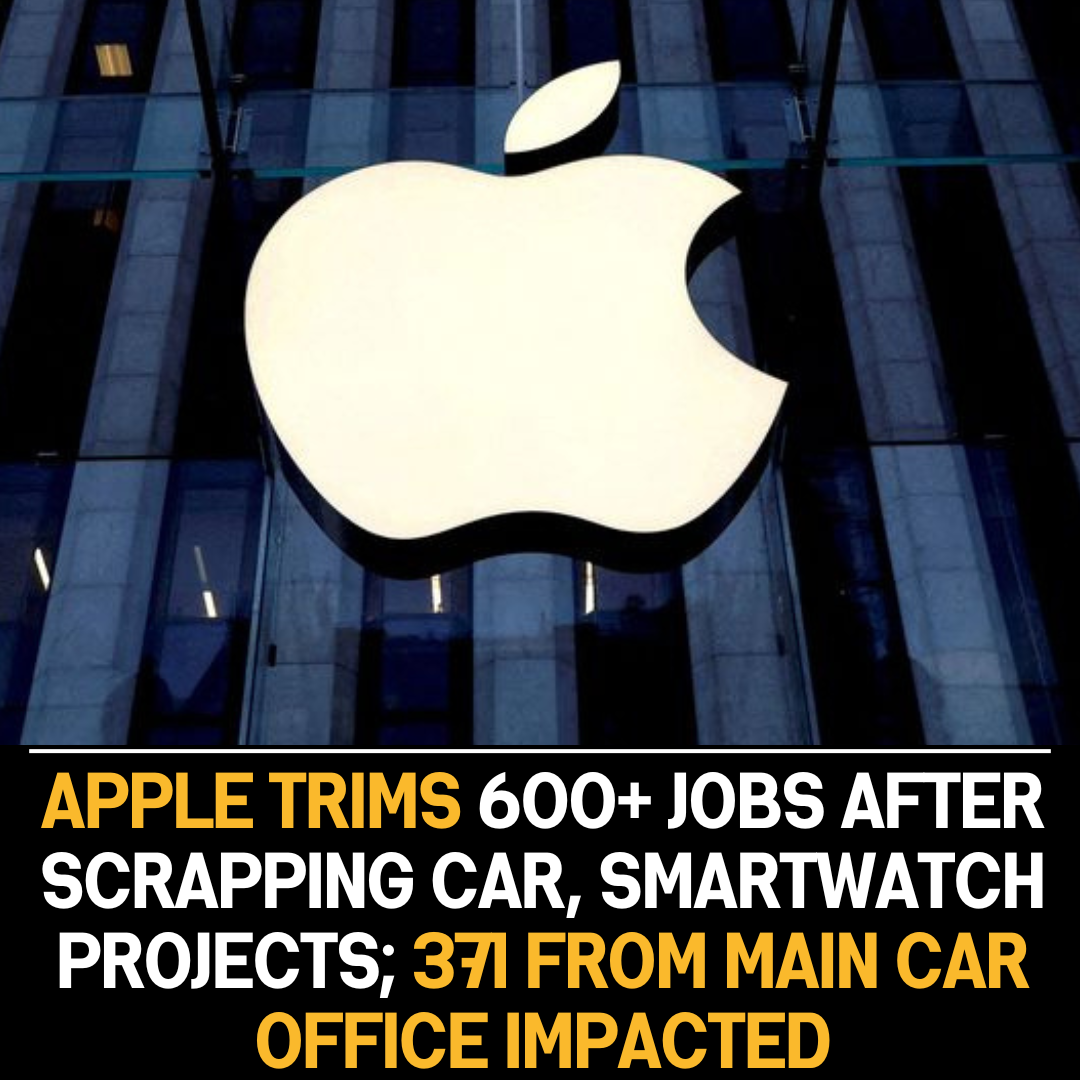Apple’s decision to lay off over 600 workers follows the cancellation of projects related to car and smartwatch development. The impact of these layoffs is particularly significant, with 371 employees affected at Apple’s main office dedicated to car-related endeavors.
The move signals a strategic shift for Apple, highlighting the challenges and complexities inherent in the development of innovative products such as cars and smartwatches. Despite the company’s reputation for groundbreaking technology and forward-thinking initiatives, not all ventures prove successful or align with long-term business objectives.
The cancellation of the car and smartwatch projects suggests that Apple may be reallocating resources and refocusing its efforts on other areas deemed more promising or strategically aligned with its core business. This realignment may involve prioritizing investments in existing product lines, exploring new technologies, or pursuing alternative avenues for growth and innovation.
For the affected employees, the layoffs represent a significant disruption and uncertainty in their professional lives. Apple’s decision to downsize its workforce underscores the harsh realities of corporate restructuring and the potential human toll associated with changes in business strategy.
Despite the challenges posed by the layoffs, Apple is likely to provide support and assistance to affected employees, including severance packages, career counseling, and job placement services. The company may also seek to minimize the negative impact on morale and productivity by communicating transparently with employees and stakeholders about the reasons behind the layoffs and its plans for the future.
From a broader perspective, Apple’s decision to cut jobs following project cancellations reflects the dynamic nature of the technology industry, where companies must continually adapt and evolve to stay competitive and meet changing market demands. While setbacks and failures are inevitable in innovation-driven environments, they also present opportunities for reflection, learning, and growth.
Looking ahead, Apple will need to carefully navigate its path forward, balancing the need for innovation and risk-taking with prudent financial management and strategic decision-making. The company’s ability to effectively manage transitions and overcome challenges will play a crucial role in shaping its future trajectory and maintaining its position as a leader in the technology sector.









